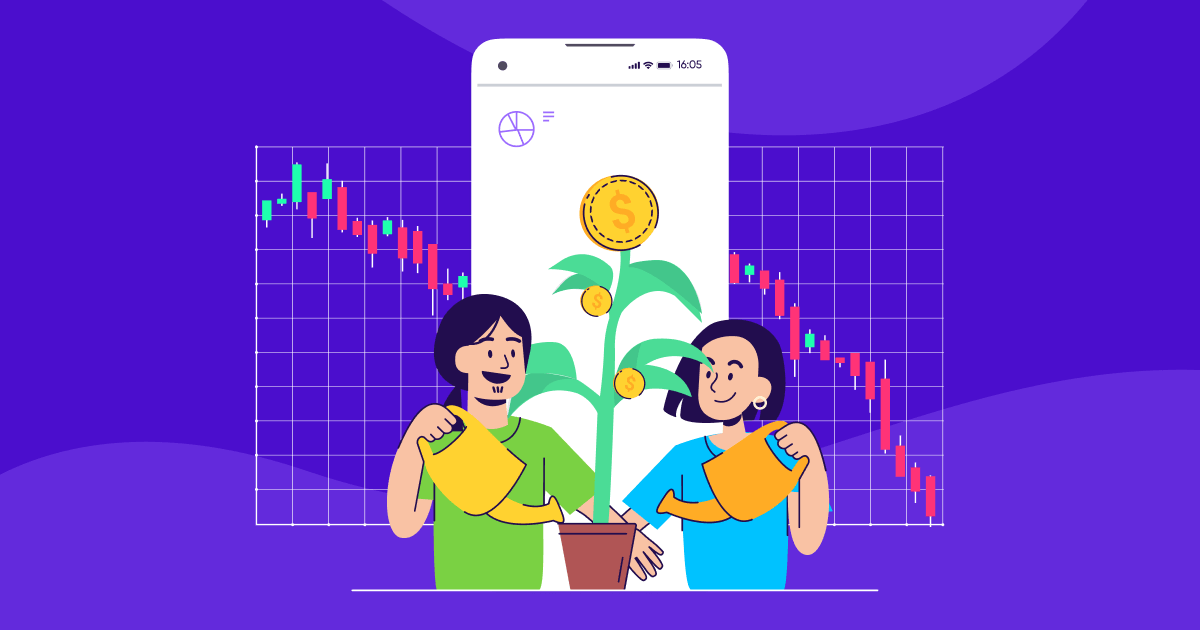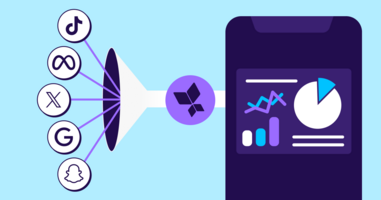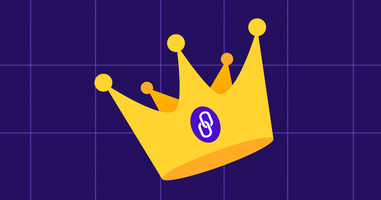
Few businesses – if any – have escaped the fallout from the global economic conditions of the last few years. Many countries have been forced to take austerity measures in the wake of rising inflation, and consumers' disposable income has taken a hit in markets across the globe.
For retailers and eCom marketers, these conditions have placed many in a tough spot. Budgets have shrunk and competitiveness has risen as businesses strive to wring out every last drop of effectiveness from their marketing spend.
Not all brands followed this path, however. Those that continued to invest in paid media during this lean period have been rewarded with a stronger likelihood of brand loyalty among their customers. It transpires that these brands were ahead of the curve in realising that scaling back paid marketing investment was actually more detrimental in the long run than continuing to allocate ad spend during this run.
This is especially true for app marketing, with paid installs still a huge part of the eCom marketing mix. 45% of eCom installs in Europe over the last two years came from users engaging with an ad and then going on to download the relevant app – known as non-organic installs (NOIs).
Whilst there is value in continued investment in paid media, savvy marketers have made their budgets go further by diversifying the channels on which they advertise, with a particular emphasis on leveraging their owned media. In fact, we've seen the usage of owned media grow by a remarkable 360% year-on-year, including channels such as email, QR codes, and SMS-to-app.
Let's lift the hood on that owned media growth, and take a look at what smart steps brands have been taking to dovetail that growth with continued investment in paid media even when economic constraints strike.




